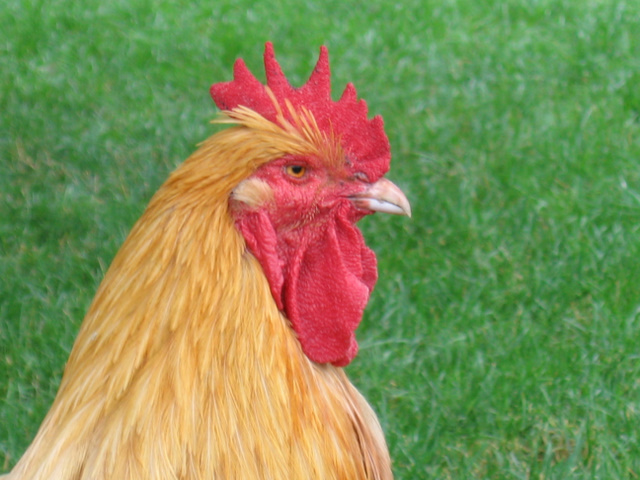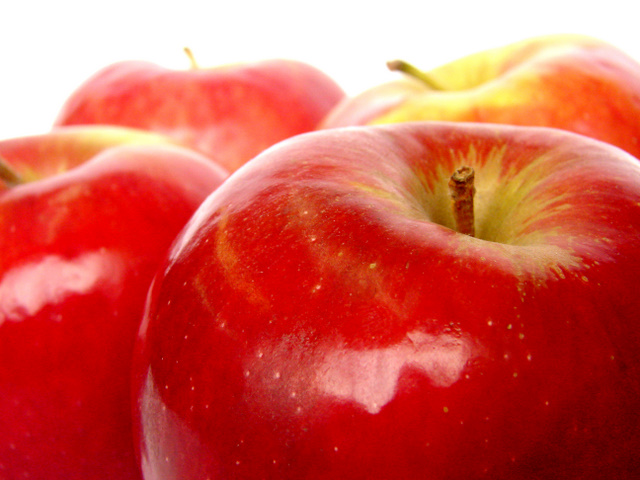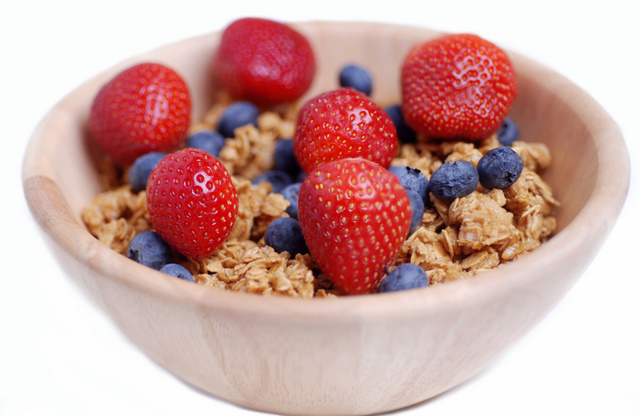This is the second in a monthly series on making small, incremental changes towards a healthier diet prompted by my lunch with Robyn O’Brien, author of The Unhealthy Truth. Last month we talked about milk. This month the focus is on meat.
I have always been concerned about the mistreatment of animals used for our food supply. Stories of small cages, animal cruelty, dirty conditions, and widespread sickness were always so difficult for me to hear. It was these sad accounts that led me to remove all meat from my diet while in my 20’s.
However, while pregnant with my daughter over 6 years ago, I didn’t crave ice cream or pickles. No, I craved…you got it…meat. I would salivate just thinking of a juicy hamburger. I ate many a taco salad. I willingly consumed bacon and sausage. I couldn’t seem to get enough.
And so, after years of abstaining, I brought meat back into my diet – with a vengeance.
And go figure, today I have a child whose favorite things are milk, hamburgers and chicken nuggets.
So, it is not likely that our house is going to return to a vegetarian lifestyle any time soon. However, as a mom I have become increasingly concerned about the impact that conventionally raised animals can have on my family. The increased use of antibiotics, growth hormones and the rapid spread of salmonella have caused me to reassess the meat I am bringing home from the grocery store.
Organic vs. Conventional Chicken
According to the the guidelines established by the Organic Foods Production Act of 1990, chicken that is labelled organic must be:
- Fed only 100 percent organic feed
- Must never be administered growth hormones or antibiotics
- Offspring of non-cloned animals
Conventionally raised chickens, on the other hand, are given non-organic feed that contains pesticides, arsenic-based drugs, and sewage sludge. Sewage sludge? That made my eyes open wide. How about you?
These chickens also require the heavy use of antibiotics to fight illness due to extremely crowded and dirty conditions. Like the antibiotics found in conventional milk, antibiotics passed to us through the meat we eat may cause immune system deficiencies and food allergies.
This Month’s Change: Out with the Chicken Nuggets and In with the Organic Chicken
This month’s transition is a bit harder than last month’s switch to organic milk. This month we are removing all frozen chicken nuggets from the house and making our own. We are also firming up our commitment to eat organic chicken despite the price tag.
Chicken nuggets are so handy, aren’t they? Busy day at work. No time to make something for the kids. Just pop some chicken nuggets into the oven or microwave and dinner is ready. Guilty as charged.
As convenient and beloved by my daughter as they are, the risk of passing unwanted chemicals to her is far too great. And truthfully, making homemade chicken nuggets with your kids is fun and so much more rewarding. Have them help you dip the chicken in the egg and breadcrumbs. It’s a simple and safe kitchen task that makes your little ones really feel like a chef. We like to use panko breadcrumbs and Parmesan-Reggiano cheese for our chicken nuggets. Make them in large quantities on a Sunday afternoon. After cooking, just place them on a tray in the freezer for about 20 minutes (to prevent sticking) and then drop them in a big freezer bag.
For more information on organic chicken and the risks associated with conventional chicken, check out the following sources:
Making a change this month? Please tell us in the comments!





Leave a Reply